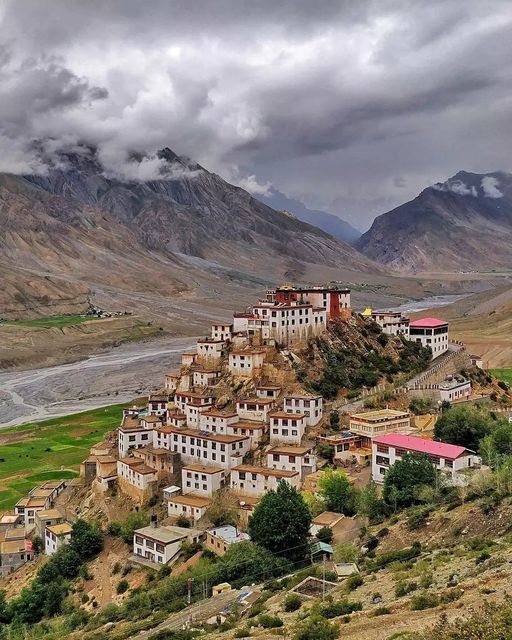
Spiti Valley, nestled in the heart of the Indian Himalayas, is a land of stark beauty and unparalleled tranquility. This remote and rugged region, often referred to as the “Little Tibet of India,” offers a unique and unforgettable experience for those seeking adventure, cultural immersion, and breathtaking landscapes.
Best time to visit Spiti valley:
The best time to visit Spiti Valley is during the summer months (June to September) when the roads are open and the weather is pleasant. However, if you’re up for a challenge and enjoy witnessing the valley covered in snow, you can visit during the winter months (December to February).
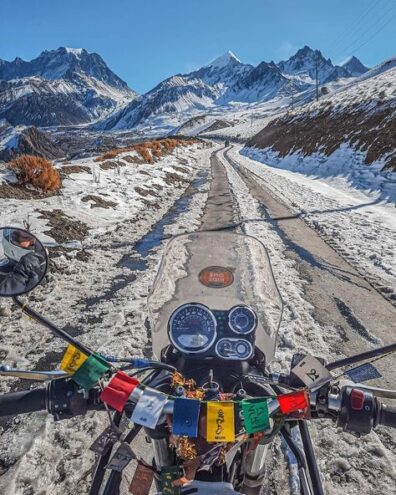

Spiti Valley Weather throughout the year
Summer (June-August):
- Temperatures: Average temperatures range from 15°C (59°F) to 25°C (77°F) during the day. Nights can get chilly, especially in higher altitudes.
- Weather: This is the most pleasant time to visit Spiti Valley, with clear skies and comfortable temperatures. However, there is a chance of occasional rain or snow showers, especially in higher altitudes.
Monsoon (September):
- Temperatures: Temperatures remain similar to summer, but there is a higher likelihood of rainfall.
- Weather: Monsoon rains can make some roads inaccessible, and trekking conditions can be challenging. However, the lush greenery and waterfalls created by the monsoon rains add a unique charm to the valley.
Autumn (October-November):
- Temperatures: Temperatures start to drop significantly, especially at night. Frost is common in higher altitudes.
- Weather: The weather is generally dry and pleasant, with clear skies. However, temperatures can fluctuate rapidly, and snowfalls are possible in higher altitudes.
Winter (December-February):
- Temperatures: Temperatures can drop well below freezing, with average temperatures ranging from -10°C (14°F) to 0°C (32°F).
- Weather: Spiti Valley experiences heavy snowfall during the winter months, transforming the landscape into a winter wonderland. Some roads and attractions may be closed due to heavy snowfall.
Spring (March-May):
- Temperatures: Temperatures start to rise, but the weather can still be unpredictable. Snowmelt can cause occasional flooding.
- weather: Spring is a beautiful time to visit Spiti Valley, with blooming flowers and melting snow. However, the weather can be variable, with occasional snow showers and cold spells.
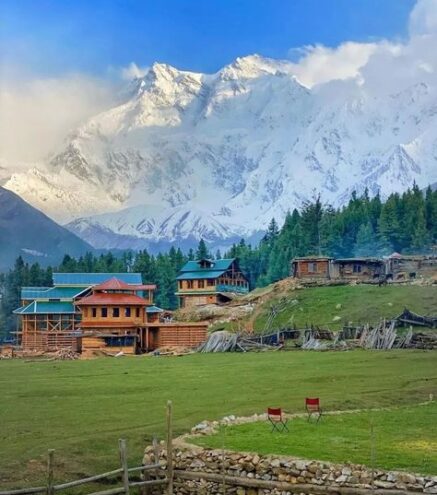


How to Get There:
The nearest airport to Spiti Valley is Kullu Manali Airport. From there, you can take a taxi or bus to Manali and then continue your journey to Spiti Valley by road. The road to Spiti Valley is a scenic but challenging one, with several high-altitude passes and narrow roads. It’s advisable to hire a local driver who is familiar with the terrain.
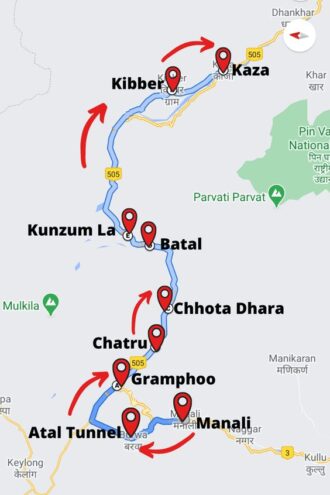
Local Culture:
Spiti Valley is home to a unique Buddhist culture that has been preserved for centuries. The region is dotted with ancient monasteries, such as Tabo Monastery and Key Monastery, which offer insights into the local traditions and beliefs. You can witness monks performing daily rituals, explore the intricate murals and sculptures, and learn about the rich history of the region.
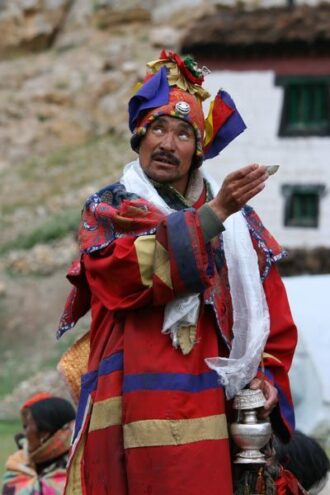
Things to Do:
- Trekking: Spiti Valley offers a variety of trekking trails, ranging from easy to challenging. Popular treks include the Chandratal Lake trek, the Kunzum Pass trek, and the Pin Valley National Park trek.
- Monastery visits: Explore the region’s ancient monasteries, such as Tabo Monastery, Key Monastery, and Dhankar Monastery.
- Wildlife spotting: Keep an eye out for rare wildlife, including snow leopards, Himalayan ibex, and brown bears, in the Pin Valley National Park.
- Camping: Experience the tranquility of the Himalayas by camping under the starry sky in places like Chandratal Lake and Kibber.
- Photography: Capture the stunning landscapes of Spiti Valley, including snow-capped mountains, crystal-clear lakes, and colorful monasteries.
- Local cuisine: Indulge in delicious local delicacies like momos, thukpa, and thenthuk, which are hearty and flavorful dishes perfect for the cold weather.
- Festivals: Experience the vibrant local culture by attending festivals like Losar (Tibetan New Year) and the Pang Lhabsol festival.
- Village visits: Interact with the friendly locals and learn about their way of life in villages like Kibber, Langza, and Komic.
Additional Tips :
- Acclimatize: If you’re coming from a lower altitude, take your time to acclimatize to the high altitude of Spiti Valley to avoid altitude sickness.
- Carry essentials: Always carry essential items like water, snacks, warm clothing, and a first-aid kit during your treks.
- Respect local customs: Be mindful of local customs and traditions, especially when visiting monasteries and villages.
- Plan your itinerary: Research the attractions and activities you want to do in advance and plan your itinerary accordingly.
Spiti Valley is a hidden gem that offers a truly unique and unforgettable experience. Whether you’re seeking adventure, cultural immersion, or simply a chance to escape the hustle and bustle of city life, this remote and rugged region is sure to leave you spellbound.
